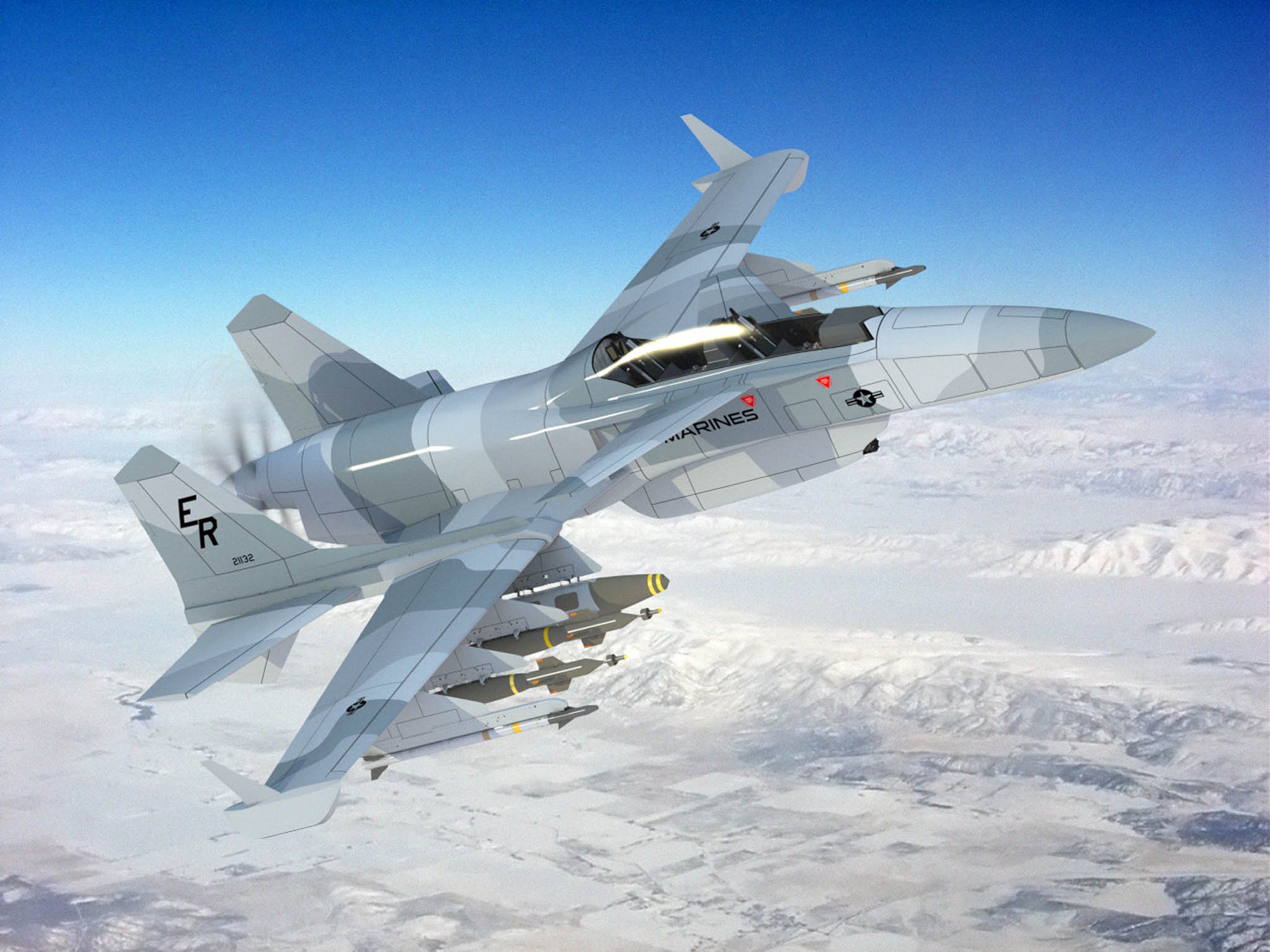PR
São José dos Campos, Brazil, February 14, 2017 – Widerøe, the largest regional airline in Scandinavia, will be the first airline in the world to receive the brand-new E190-E2 jet, the first member of the E-Jets E2, the second generation of the E-Jets family of commercial aircraft. As the launch operator of the model, Widerøe will receive their first aircraft in
the first half of 2018.
Widerøe has a contract with Embraer for up to 15 E2 family jets consisting of three firm orders for the E190-E2 and purchase rights for 12 further E2 family aircraft. The order has a potential list price value of up to USD 873 million, with all orders being exercised.
“The market is keen to know the identity of the E190-E2 launch operator, and we’re pleased to end that suspense on this Valentine's Day - Widerøe is the ‘perfect match’. The airline has a special place in our hearts; Widerøe are proven pioneers in their field who have achieved major success and still remain hugely ambitious, similar in many ways to the path taken by Embraer”, said John Slattery, President & CEO, Embraer Commercial Aviation. “The E2 program remains on target with technical specification guidance, on time and on budget. Our team remains focused on a successful delivery to Widerøe in the first half of next year.”
Widerøe is configuring the E190-E2s in a comfortable single-class layout with 114 seats. With the Norway’s airline order, the E-Jets E2 backlog has 275 firm orders plus Letters of Intent, options and purchase rights covering another 415 aircraft giving a total of 690 commitments from airlines and leasing companies.
Stein Nilsen, Chief Executive Officer of Widerøe, said, “We are very proud we will be the first airline in the world to operate the E190-E2. Knowing the hard-work Embraer is doing in the certification campaign, especially in terms of maturity, we have every confidence in a smooth entry into service. The E190-E2 will be a big leap in Widerøe’s history, and our planning for the first deliveries is now well underway.”
Embraer is the world’s leading manufacturer of commercial jets with up to 130+ seats. The Company has 100 customers from all over the world operating the ERJ and the E-Jet families of aircraft. For the E-Jets program alone, Embraer has logged more than 1,700 orders and over 1,300 deliveries, redefining the traditional concept of regional aircraft by operating across a range of business applications.
Follow us on Twitter: @Embraer
About Widerøe
Widerøe is the largest regional airline in Scandina via, with a staff of 3,000 and a turnover of NOK 4.4 billion. The company carries close to 3 million passengers annually and flies to 46 domestic and international destinations.
Widerøe operates more than 450 flights every day and operates to more than twice as many airports in Norway than any other airline. Today our network consists of 60% commercial routes, and 40% PSO routes (Public Services Obligations).
About Embraer
Embraer is a global company headquartered in Brazil with businesses in commercial and executive aviation, defense & security. The company designs, develops, manufactures and markets aircraft and systems, providing customer support and services.
Since it was founded in 1969, Embraer has delivered more than 8,000 aircraft. About every 10 seconds an aircraft manufactured by Embraer takes off somewhere in the world, transporting over 145 million passengers a year.
Embraer is the leading manufacturer of commercial jets up to 130 seats. The company maintains industrial units, offices, service and parts distribution centers, among other activities, across the Americas, Africa, Asia and Europe











